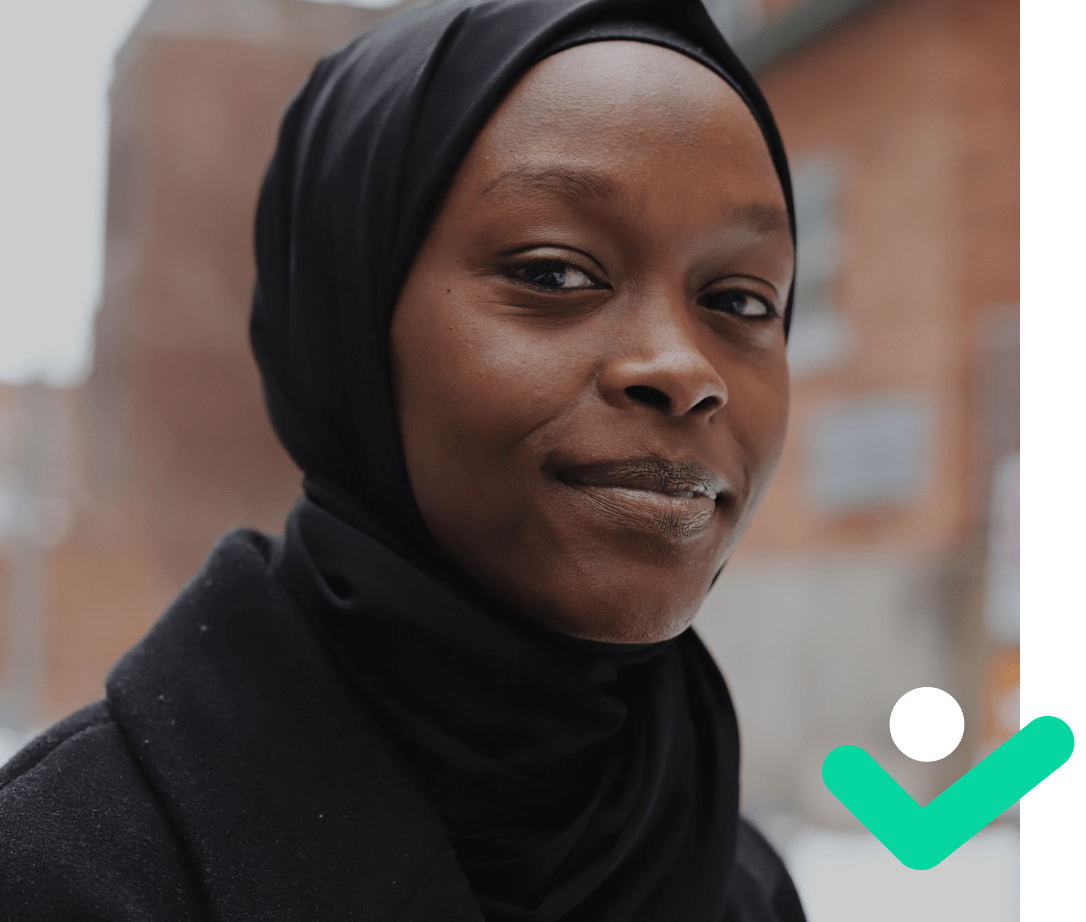EU-wide, youth who are either foreign-born or who are native-born with foreign-born parents account for one in five of 15 to 34-year-olds (OECD/EU, 2018). Their population share is increasing in virtually all EU countries, although their size and composition vary greatly across countries, reflecting countries’ different migration histories. They are one of the most at-risk groups in terms of social exclusion for multiple reasons: lack of economic resources, skills that don’t match employment opportunities and cultural differences; the attitudes of host country citizens, and sometimes outright displays of discrimination.



The WELLHOODY project will enable community wellbeing through youth learning and produce wider social benefits. Youth learning rooted in utilising the power of diversity will encourage all community members to become pursuers of mutual wellbeing while nurturing acceptance and inclusion in terms of diversity.
WELLHOODY is working to enable and ensure the inclusion of all young people in society. The Youth Strategy 2019-2027 recognises the need to ensure that marginalised young people are participating in all decision-making processes and are key players, particularly in processes concerning their own rights, wellbeing and interests (Goal 3). At the same time, Goal 4 is to achieve better mental wellbeing and end stigmatisation of mental health issues, thus promoting the social inclusion of all young people.